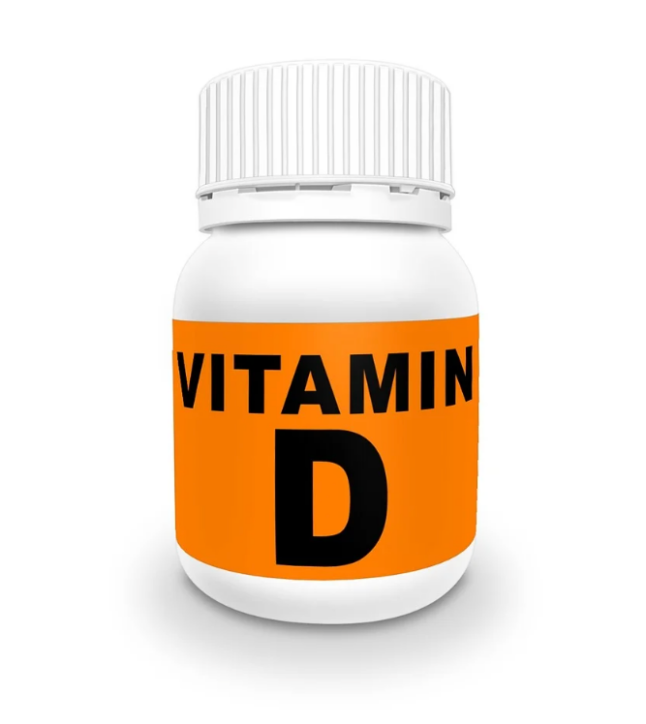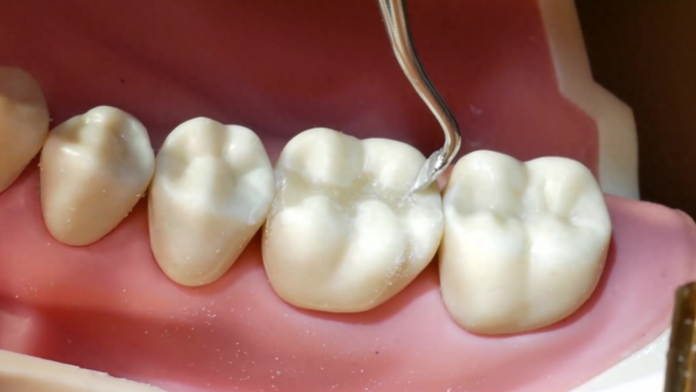With the growth of age, bone health has gradually become a problem that we have to face. Osteoporosis, a disease that sounds far away from us, has long been quietly lurking in many people’s lives.It can not only result in fractures but also have a significant negative impact on the quality of life. Therefore, understanding osteoporosis, taking effective preventive measures and protecting bone health are health issues that everyone should pay attention to.

Osteoporosis is a common bone disease, which is characterized by decreased bone density, fragile bones and easy fracture. This disease is especially common in the elderly, especially in postmenopausal women. Because of the decrease of estrogen level and the acceleration of bone loss, they are more likely to suffer from osteoporosis. However, osteoporosis is not exclusively a condition reserved for the elderly. Bad living habits and diet structure, such as long-term lack of exercise, unbalanced diet and excessive dieting, will also accelerate bone loss and expose young people to the risk of osteoporosis.
The key to prevent osteoporosis lies in early intervention and lifestyle adjustment. First of all, ensuring adequate calcium intake is the basis of preventing osteoporosis. Calcium is the main component of bones, and the lack of calcium will lead to the decrease of bone density. In daily diet, milk, calcium can be amply obtained from foods such as milk, bean products, fish, and green leafy vegetables. At the same time, vitamin D supplementation is also very important, because it can promote the absorption of calcium. Adequate exposure to sunlight aids in the body’s synthesis of vitamin D, yet it is crucial to steer clear of overexposure.

Apart from dietary considerations, engaging in moderate exercise also serves as a vital method for warding off osteoporosis. Exercise can stimulate bones, increase bone density, and improve the strength and toughness of bones. Especially weight-bearing sports, such as walking, jogging, skipping rope, etc., have more obvious stimulation to bones. In addition, strength training, such as weightlifting and push-ups, can also effectively enhance muscle strength and protect bones from injury. Exercise can not only prevent osteoporosis, but also improve the balance ability of the body and reduce the risk of falling.
In daily life, we also need to give attention to some details to reduce the risk of fracture. For example, keep the home environment safe, avoid slippery ground, and remove debris that may trip. Installing anti-slip mats and handrails in the bathroom to ensure adequate lighting can effectively prevent falls, thus reducing the possibility of fractures.
For people who have already suffered from osteoporosis, besides lifestyle adjustment, they also need medical treatment under the guidance of doctors. Medications have the potential to decelerate the process of bone loss, augment bone density, and consequently lower the risk of incurring fractures. It is also an important link to prevent osteoporosis to check the bone density regularly and understand the health status of bones.

Osteoporosis is not inevitable. Through reasonable diet, moderate exercise and good living habits, we can effectively protect bone health. Regardless of age, we should be mindful of bone health. From now on, we should take active measures to prevent osteoporosis and make our bones healthier and stronger. Remember, a healthy life starts with “bones”. Let's act together to protect the health of bones and enjoy a healthy and energetic life.





